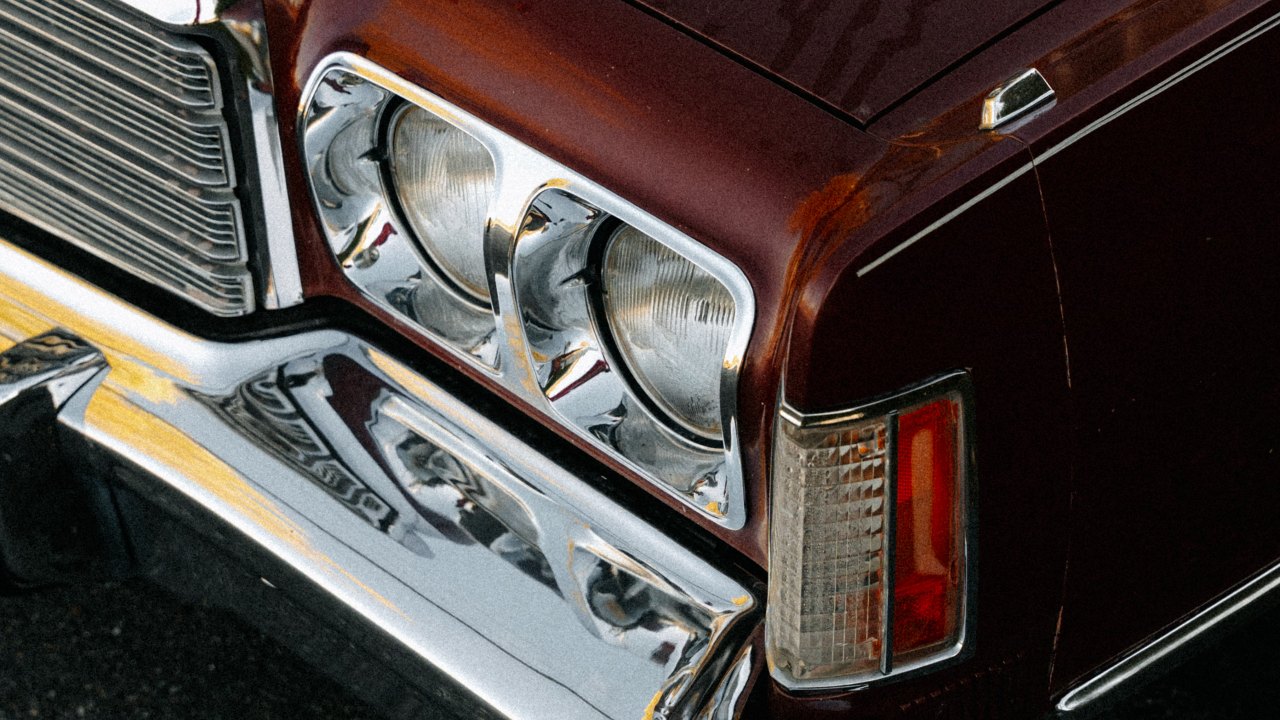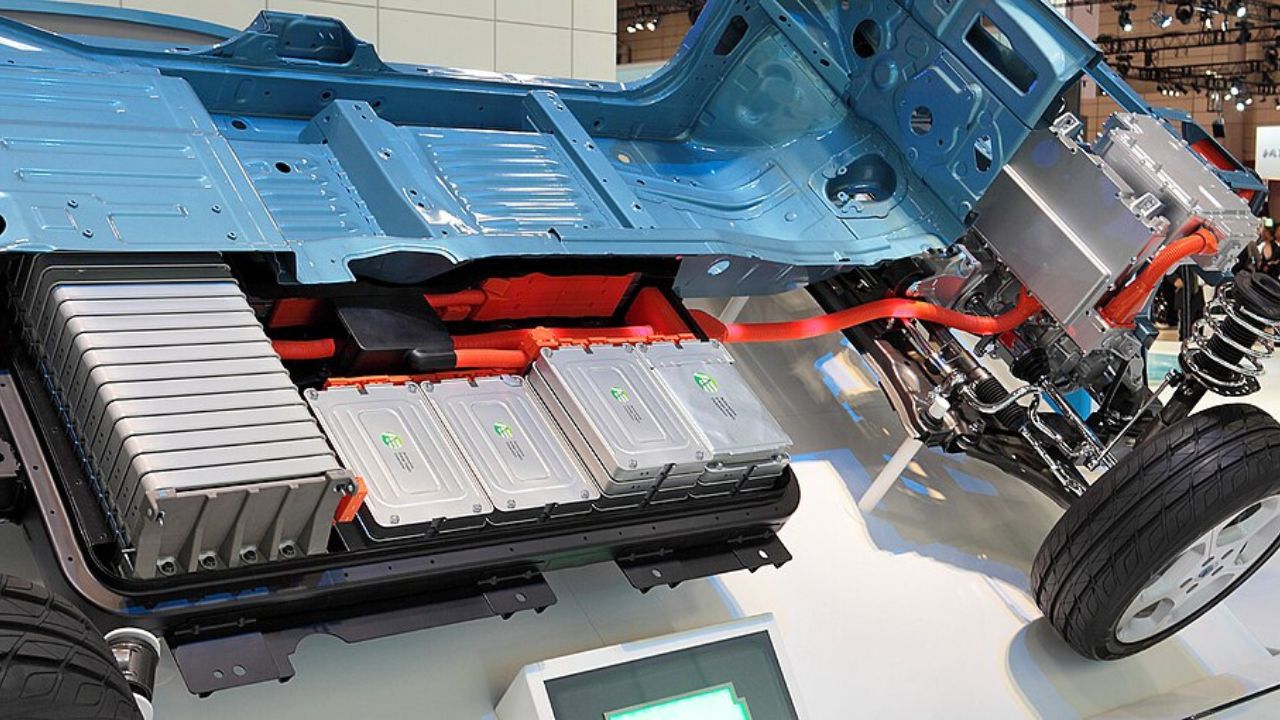Classic cars are more than just vehicles; they are pieces of automotive history that deserve meticulous care and attention. Preserving their paint and chrome is essential to maintaining their beauty and value. Expert tips on detailing these cherished automobiles ensure they shine for years to come.
Understanding the Importance of Proper Detailing
Environmental factors such as UV rays, rain, and pollution can wreak havoc on classic car paint and chrome. Vehicles like the 1967 Ford Mustang are especially susceptible to these elements due to the materials and technologies used during their production. If left unchecked, oxidation and corrosion can set in, leading to costly repairs and diminished value. Regular detailing acts as a barrier, protecting these surfaces from the harsh effects of the environment.
Beyond aesthetics, regular detailing significantly extends the life and value of classic cars. A well-maintained 1959 Chevrolet Impala, for instance, commands a higher price on the market compared to one with neglected paint and chrome. Detailing helps preserve the car’s original features, which is crucial for collectors who value authenticity. The right detailing routine not only enhances appearance but also contributes to the preservation of historical authenticity, ensuring that these automotive treasures can be appreciated by future generations.
Essential Tools and Products for Classic Car Detailing
When it comes to selecting cleaning products, it’s crucial to choose ones tailored for classic cars. For paint protection, products like Meguiar’s Gold Class Car Wash are highly recommended. They provide a gentle yet effective clean without stripping away wax or protective coatings. For chrome, products like Mothers Chrome Polish can remove tarnish while providing a protective layer against future oxidation.
Equipping yourself with the right tools is equally important. Microfiber towels are a must-have for any detailing job as they prevent scratches. A dual-action polisher is also essential for paint correction, offering a balance between removing imperfections and preserving paint integrity. When it comes to choosing wax and polish, options like Zymol Carbon Wax are ideal for classic cars such as the 1971 Jaguar E-Type, providing a deep, glossy finish while protecting the vintage paintwork.
Step-by-Step Guide to Detailing Classic Car Paint
The first step in detailing is preparing the paint surface. Start with a thorough wash using a pH-balanced car shampoo to remove dirt and contaminants. The 1963 Corvette Stingray, with its iconic curves, benefits greatly from a clay bar treatment that removes embedded grime, leaving the surface smooth and ready for polishing.
Paint correction is a crucial step to restore shine and eliminate imperfections. Using a machine polisher, apply a mild abrasive polish to remove swirl marks and light scratches. Ensure you work in small sections to maintain control and achieve an even finish. After correction, apply a high-quality carnauba wax or a synthetic sealant to protect the paint. This layer not only enhances the car’s shine but also shields it from UV damage and other environmental hazards.

Chrome Detailing Techniques for Long-lasting Shine
Chrome surfaces, such as those on a 1955 Mercedes-Benz 300SL, require special attention to maintain their luster. Begin by cleaning the chrome with a gentle soap and water solution to remove dirt. Avoid harsh chemicals that can damage the chrome finish. For decontamination, use a dedicated chrome cleaner to lift stubborn stains and tarnish without scratching the surface.
Polishing is vital to restore a mirror-like finish. Apply a chrome polish using a microfiber cloth and work it in circular motions. This technique helps in achieving an even polish, bringing out the deep shine that chrome is known for. To protect against rust and corrosion, apply a chrome protectant that acts as a barrier, particularly if the vehicle, like a 1969 Dodge Charger, is stored in a humid environment.
Maintenance Tips to Keep Your Classic Car Looking Pristine
Establishing a regular detailing schedule is key to maintaining a classic car’s appearance. Depending on usage, a full detail every three to six months is ideal. For a classic like the 1970 Plymouth Barracuda, addressing minor paint and chrome issues promptly can prevent them from becoming major problems. Small scratches or spots of tarnish should be treated immediately to avoid costly repairs in the future.
Proper storage plays a significant role in preserving a classic car. Whenever possible, store the vehicle in a climate-controlled garage to minimize exposure to temperature fluctuations and moisture. Use a breathable car cover to protect it from dust and accidental scratches. By adhering to these maintenance tips, classic car enthusiasts can ensure their prized possessions remain in pristine condition, showcasing their timeless beauty and craftsmanship.
Like Fast Lane Only’s content? Be sure to follow us.
Here’s more from us:
*Created with AI assistance and editor review.







Leave a Reply